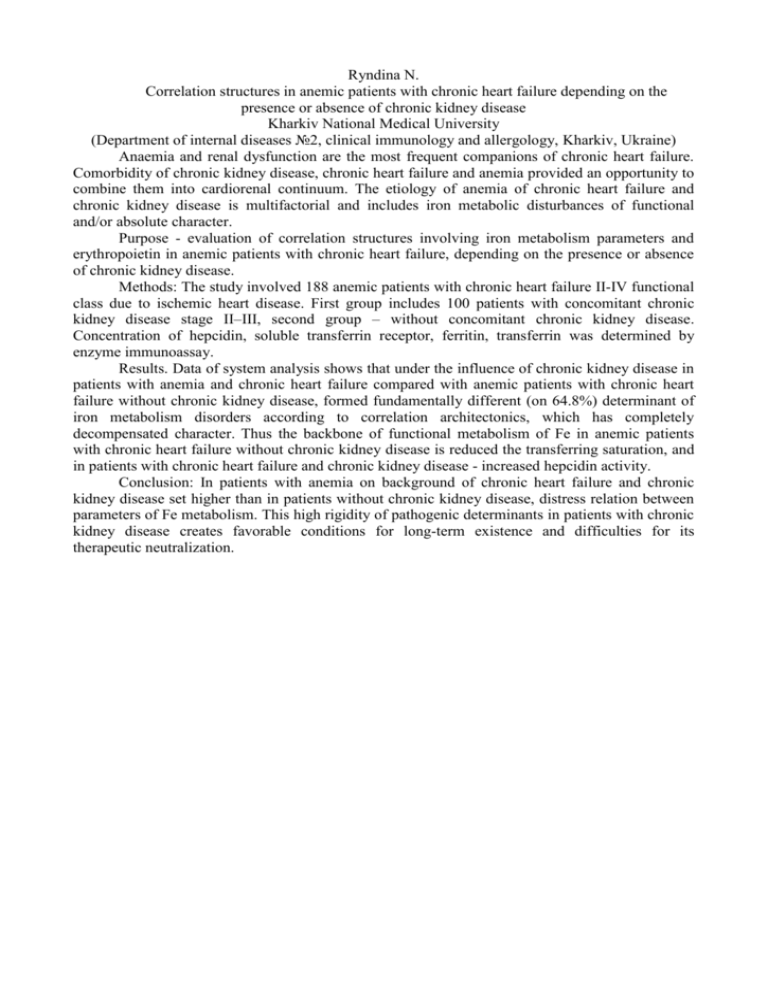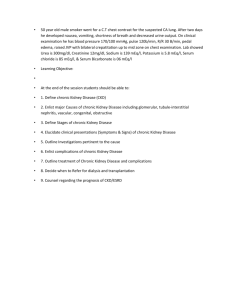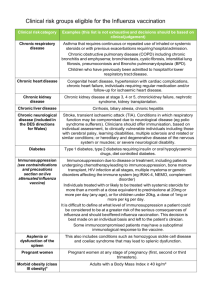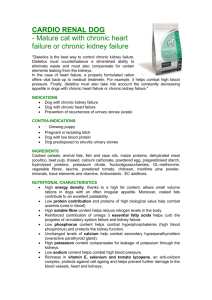Ryndina N. Correlation structures in anemic patients with chronic
advertisement

Ryndina N. Correlation structures in anemic patients with chronic heart failure depending on the presence or absence of chronic kidney disease Kharkiv National Medical University (Department of internal diseases №2, clinical immunology and allergology, Kharkiv, Ukraine) Anaemia and renal dysfunction are the most frequent companions of chronic heart failure. Comorbidity of chronic kidney disease, chronic heart failure and anemia provided an opportunity to combine them into cardiorenal continuum. The etiology of anemia of chronic heart failure and chronic kidney disease is multifactorial and includes iron metabolic disturbances of functional and/or absolute character. Purpose - evaluation of correlation structures involving iron metabolism parameters and erythropoietin in anemic patients with chronic heart failure, depending on the presence or absence of chronic kidney disease. Methods: The study involved 188 anemic patients with chronic heart failure II-IV functional class due to ischemic heart disease. First group includes 100 patients with concomitant chronic kidney disease stage II–III, second group – without concomitant chronic kidney disease. Concentration of hepcidin, soluble transferrin receptor, ferritin, transferrin was determined by enzyme immunoassay. Results. Data of system analysis shows that under the influence of chronic kidney disease in patients with anemia and chronic heart failure compared with anemic patients with chronic heart failure without chronic kidney disease, formed fundamentally different (on 64.8%) determinant of iron metabolism disorders according to correlation architectonics, which has completely decompensated character. Thus the backbone of functional metabolism of Fe in anemic patients with chronic heart failure without chronic kidney disease is reduced the transferring saturation, and in patients with chronic heart failure and chronic kidney disease - increased hepcidin activity. Conclusion: In patients with anemia on background of chronic heart failure and chronic kidney disease set higher than in patients without chronic kidney disease, distress relation between parameters of Fe metabolism. This high rigidity of pathogenic determinants in patients with chronic kidney disease creates favorable conditions for long-term existence and difficulties for its therapeutic neutralization.








